WHAT IS A DATA CENTER?
Modern Data Centers are different than they were just a short time ago. Datacenter architecture has moved from traditional on-premises physical servers to virtual networks that help applications and workloads across pools of physical foundation and into a multi-Cloud condition.
In this time, information exists and is connected across different Data Centers, the edge, and public and private Clouds. The Data Center should have the option to communicate across these multiple sites, both on-premises and in the Cloud. Indeed, even the public Cloud is a collection of the Data Center. At the point when applications are hosted in the Cloud, they are using the Data Center from the Cloud supplier.
What are the core components of a Data Center?
Datacentre design incorporates routers, switches, firewalls, storage systems, servers, and application delivery controllers. Because these segments store and manage business-critical data and applications, Data Center security is critical in Data Center design. Together, they provide
Network Infrastructure
This connects servers (physical and virtualized), Data Center services, storage, and external connectivity to end-user locations.
Storage Infrastructure
Data is the fuel of the advanced Data Center. Capacity systems are used to hold this valuable commodity.
Computing resources
Applications are the engines of Data Centers. These servers give the processing memory, local storage, and organization network that drive applications.
As per the latest forecast by a source, the end-user spending on Datacenter architecture is expected to reach $200 Billion in 2021, rising 6% over 2020.
Source
Indian population is quickly going computerized. The tremendous number of internet users using active mobile data via connected devices is expected to grow drastically in the coming years. Proceeded with web entrance is furthermore expected with the Government of India supporting public investment in large scale digitalization with its ‘Digital India’ scheme and with the progress of media communication providers to high-speed 4G LTE and the soon to come 5G wireless technologies. This presents an immense demand for Data Center architecture.
Flourishing Cloud adoption is further driving the development in the Indian Data Center market. Reports recommend that Data Center markets can pull in investments of the order of $4.9 billion in the following five years. Right now, the country has around 375 MW installed power capacity for Data Centers, and according to projections, this may develop multiple times by 2025.
Things being what they are, let’s know the 6 Data Centers of India who are the key players benefiting from the demand?
1. Netmagic (NTT Company)
Netmagic, an entirely claimed subsidiary of NTT Communications, is a main managed hosting and multi-Cloud hybrid IT solution provider serving more than 2500 enterprises internationally. Netmagic, headquartered in Mumbai, likewise gives Remote Infrastructure Management (RIM) administrations to different enterprise clients around the world including NTT Communication’s clients across the Americas, Europe, and Asia-Pacific district.
Netmagic was the first in India for quite a while to dispatch administrations including distributed computing, overseen security, Disaster Recovery-as-a-Service (DRaaS), and Software-Defined Storage. As a worldwide ICT supplier, they employ more than 40,000 individuals in a diverse and dynamic working environment that spans 57 nations, trading in 73 countries, and delivering services in more than 200 countries.
2. SIFY TECHNOLOGIES
Among Fortune 500 India Company, Sify Technologies is India’s most comprehensive ICT (Information and Communication Technologies) service and solution provider. Sify offers a wide range of solutions and products across multiple verticals taking advantage of their unassailable trinity of Data Centers, Networks, and Security. 1600 cities in India have been benefited from the seamless services of Sify. Spreading its business across the globe they have been conducting business internationally in North America, the United Kingdom, and Singapore. Having a telecom network currently connects 45 Data Centers across India and 6 concurrently maintainable Data Centers across cities of Delhi, Mumbai, Chennai, and Bengaluru.
3. ESDS
ESDS acts as a catalyst for digital transformation in the modern edge result based economy by empowering organizations to embrace advanced innovations. Found in 2005, ESDS currently has its footprints in 19 nations across APAC, Europe, Middle East, the Americas, and Africa. ESDS expertise in Managed Data Center services, Cloud Hosting, and Disaster recovery Hosting backed with exuberant technical support. More than 750 organizations have been benefited with 100% exuberant customer support to build the lifetime customer relationship.
4. TATA COMMUNICATIONS
The company empowers digital transformation globally including 300 of the Fortune 500. Tata Communications uses its advanced solutions abilities and domain expertise across its global network for conveying managed solutions to global organizations and communications service providers. Its worldwide organization incorporates a high level and largest submarine cable network and a Tier-1 IP network with connectivity to over 200 countries and territories. Tata Communications’ scope in the developing business sectors includes leadership in Indian enterprise data services and global voice communications.
5. Webwerks
Web Werks Data Centers, situated in 3 countries with more than six geographically scattered Data Centers, have been among the pioneers in India for recent many years. They offer reliable hosting services on dedicated servers, Cloud, Co-location, virtualization, and disaster recovery alongside 24×7 support and a 99.995% uptime guarantee. Web Werks Data Centers are Carbon Neutral contributing towards Global Go-Green ideas. It is likewise an SAP-certified provider of infrastructure, hosting, and Cloud operations services.
Their customer list incorporates Microsoft, Google, Godrej, Canon, TATA, Netflix, Facebook, Akamai, and more. They also have Government area clients like Mumbai Metro Rail Corporation Limited, Maharashtra Knowledge Corporation, Nabard, Maharashtra Pollution Control Board, SIDBI and more.
6. NxtGen
NxtGen empowers its clients to assemble their digital business without contributing and managing complex IT infrastructure, by leveraging its hyper-converged infrastructure. Settled in Singapore, NxtGen, is an arising pioneer giving completely managed datacenter and Cloud services across India and Singapore. NxtGen sends and offers IT framework services from both or a combination of on-premise resources and its own facilities – Infinite DatacenterTM, engaging its clients to adopt the latest hybrid computing model.
*The above mentioned Datacenter are not placed according to their ranking or product range.*
Conclusion
As the Datacenter architecture moves from traditional to physical on-premises, the evolution of Datacenter will help organizations position them in the market and grow according to the transformation. We hope the above mentioned information about the Top Data Center in India is helpful to you.


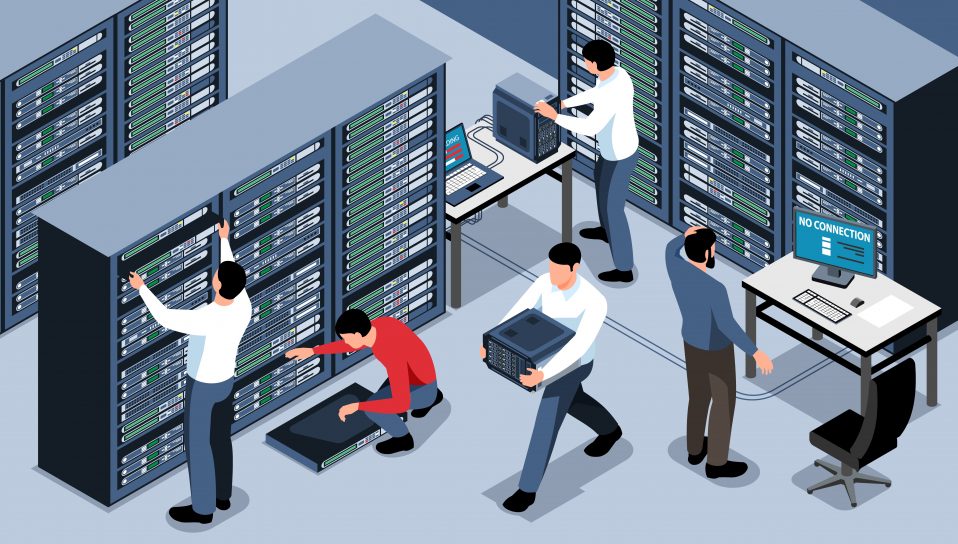



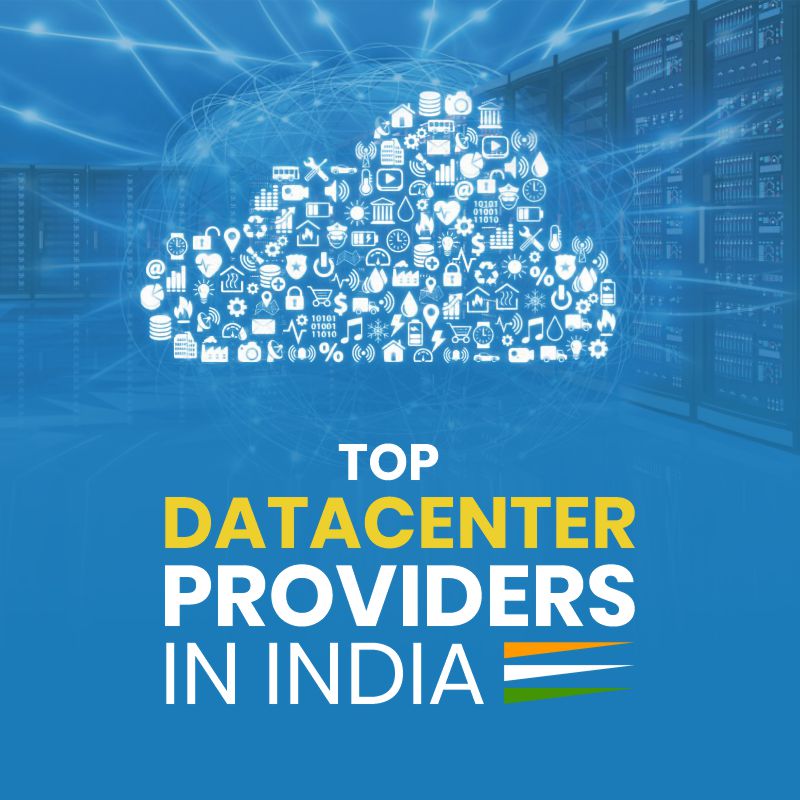

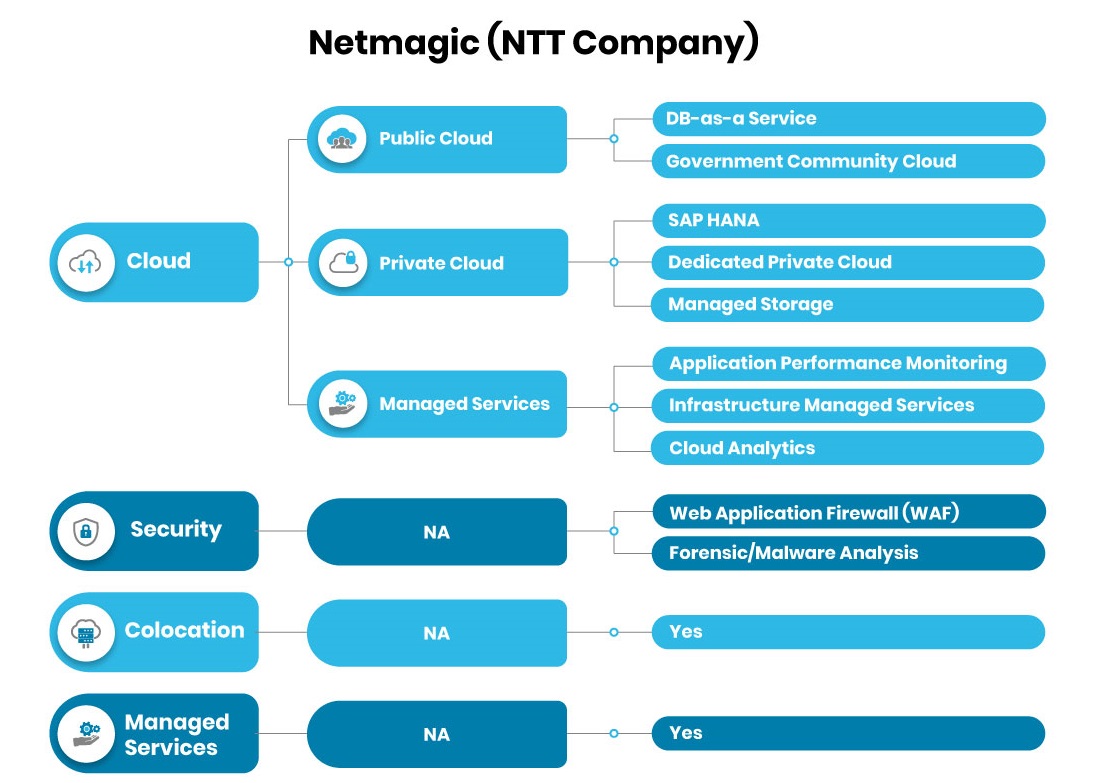
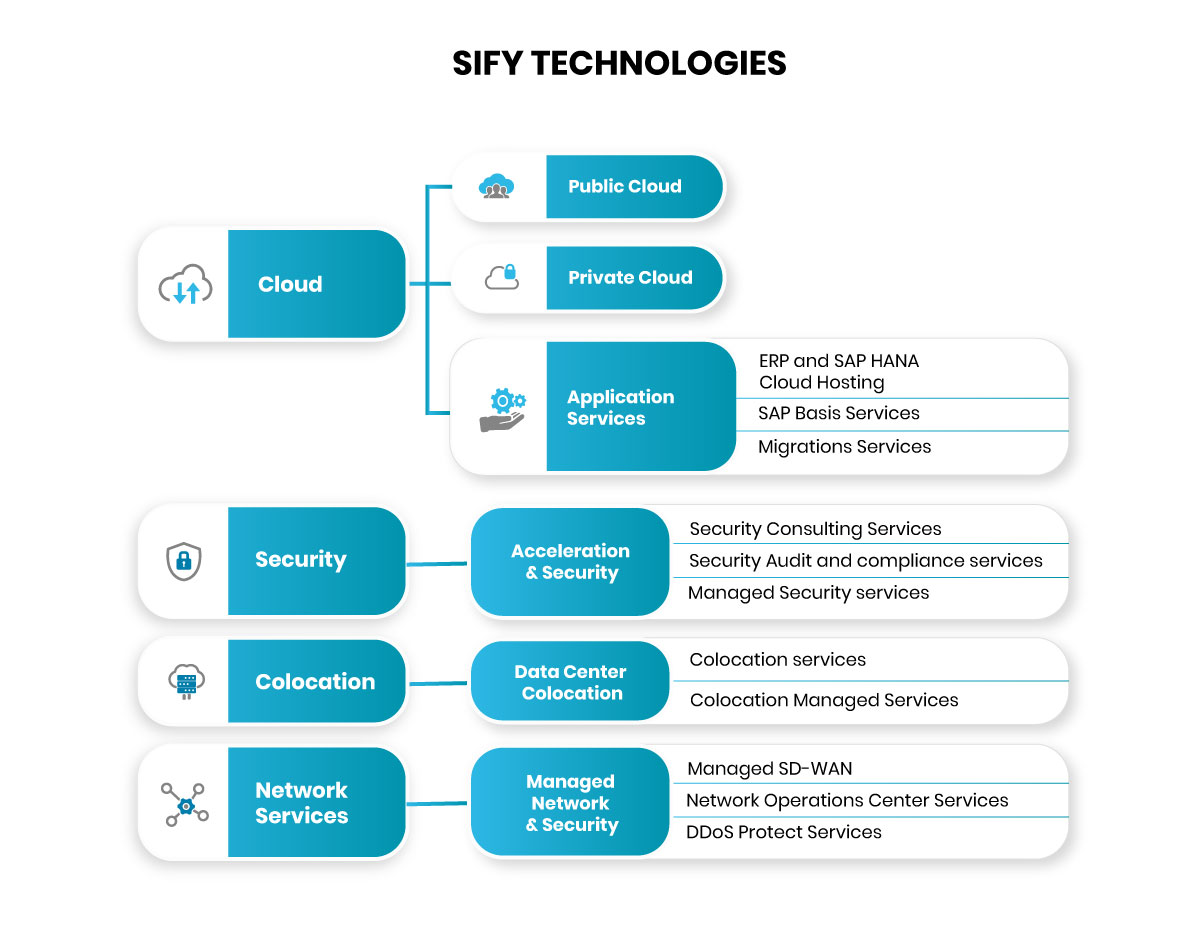
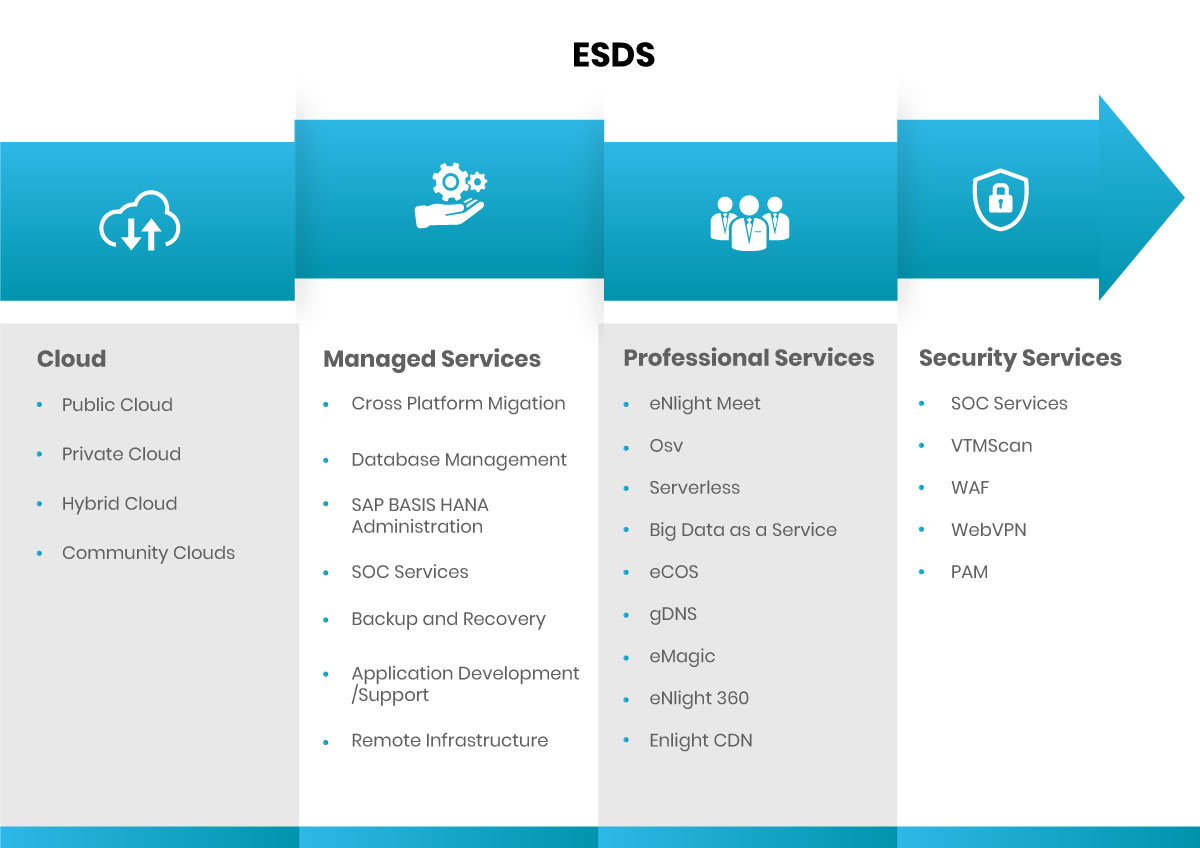
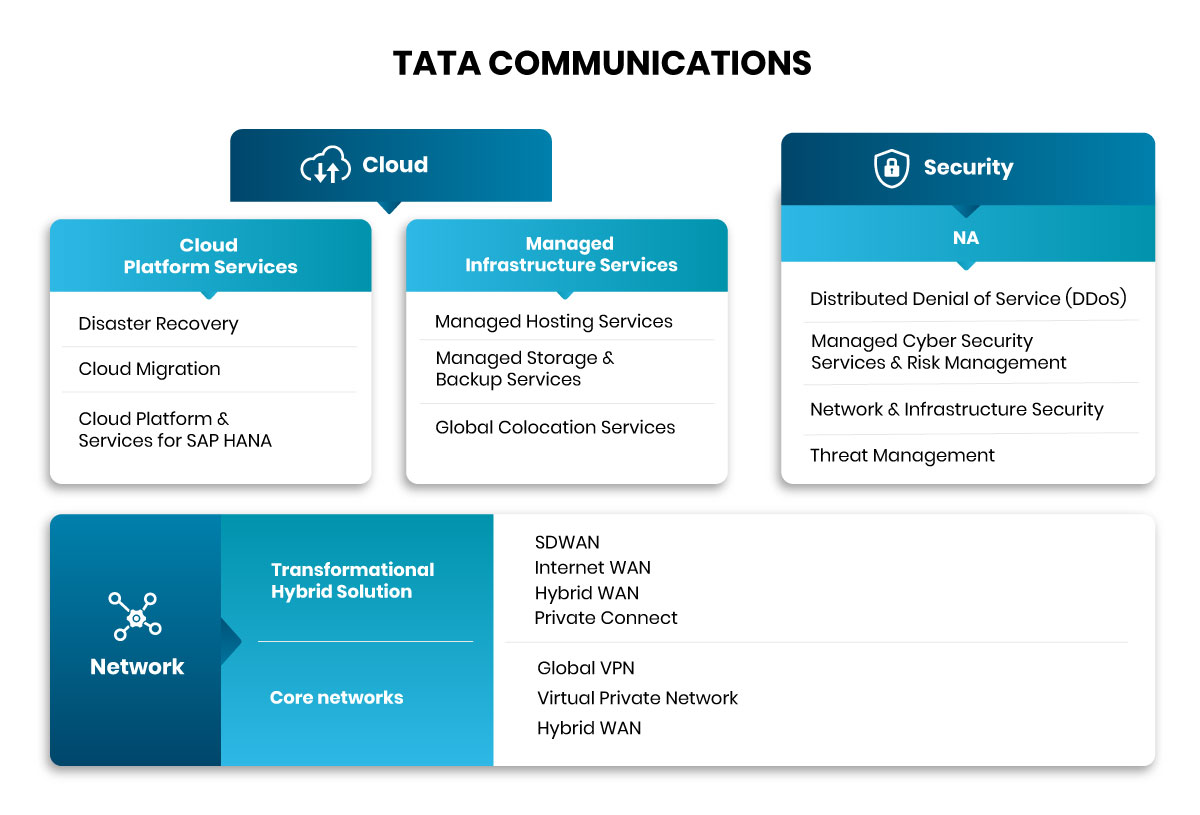

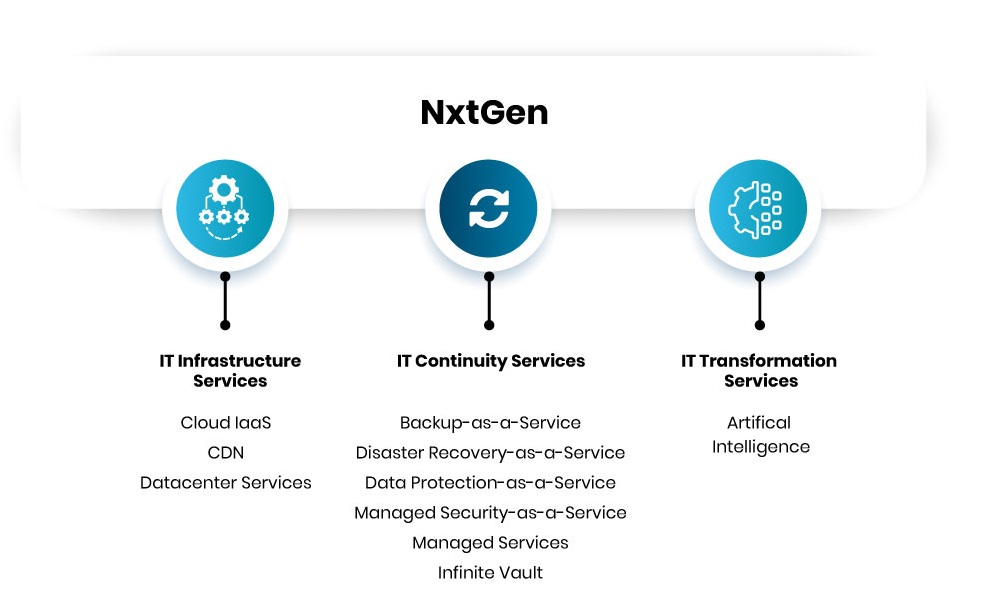
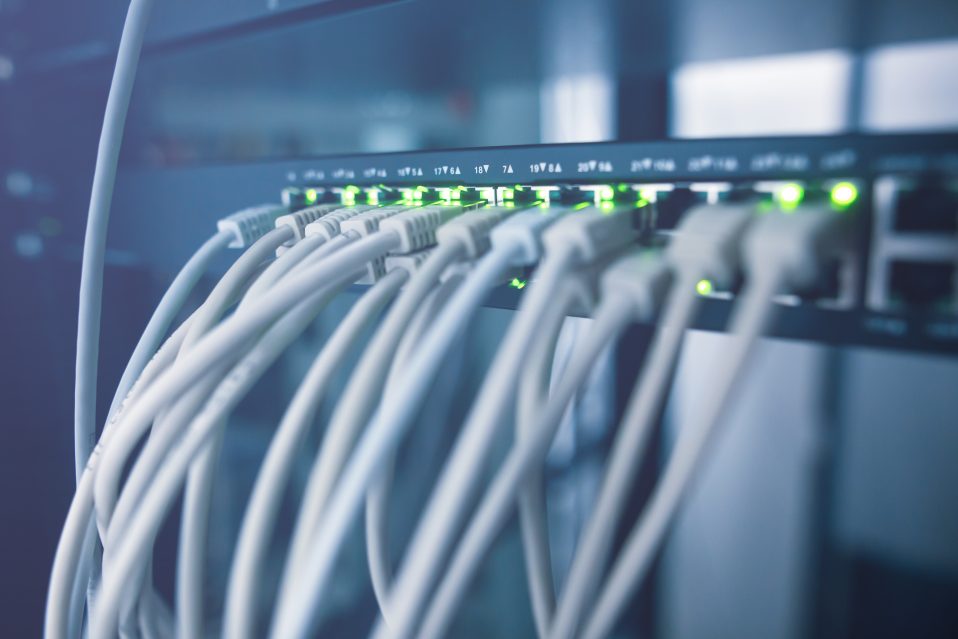
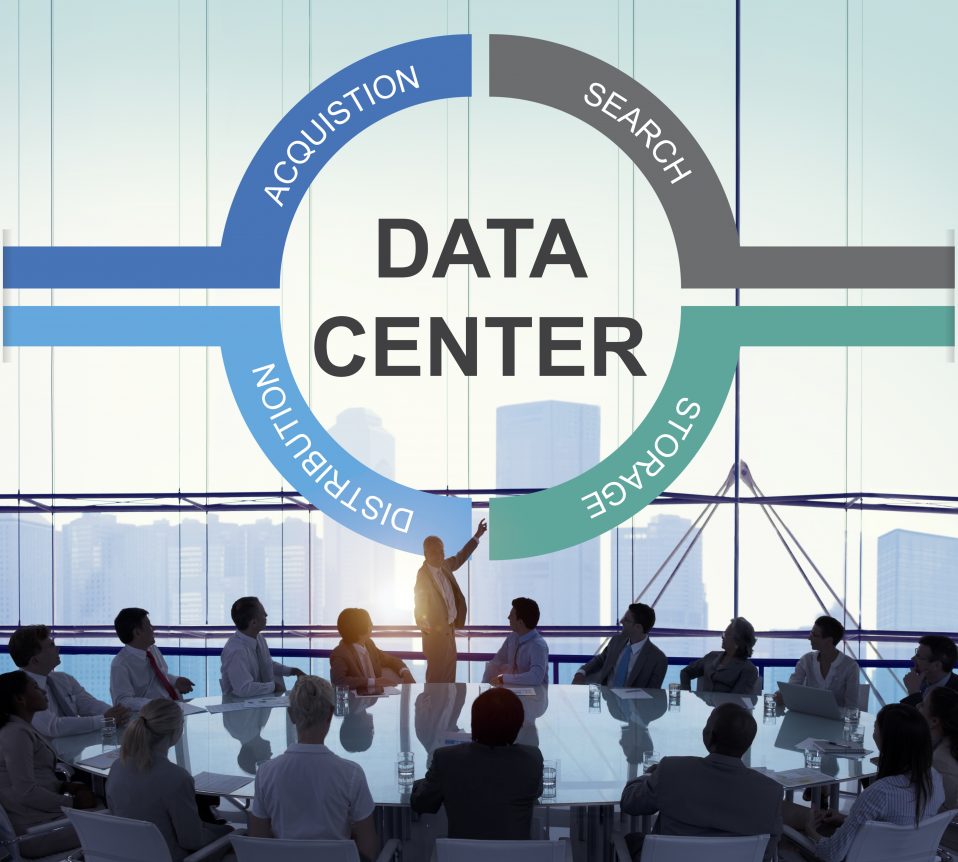
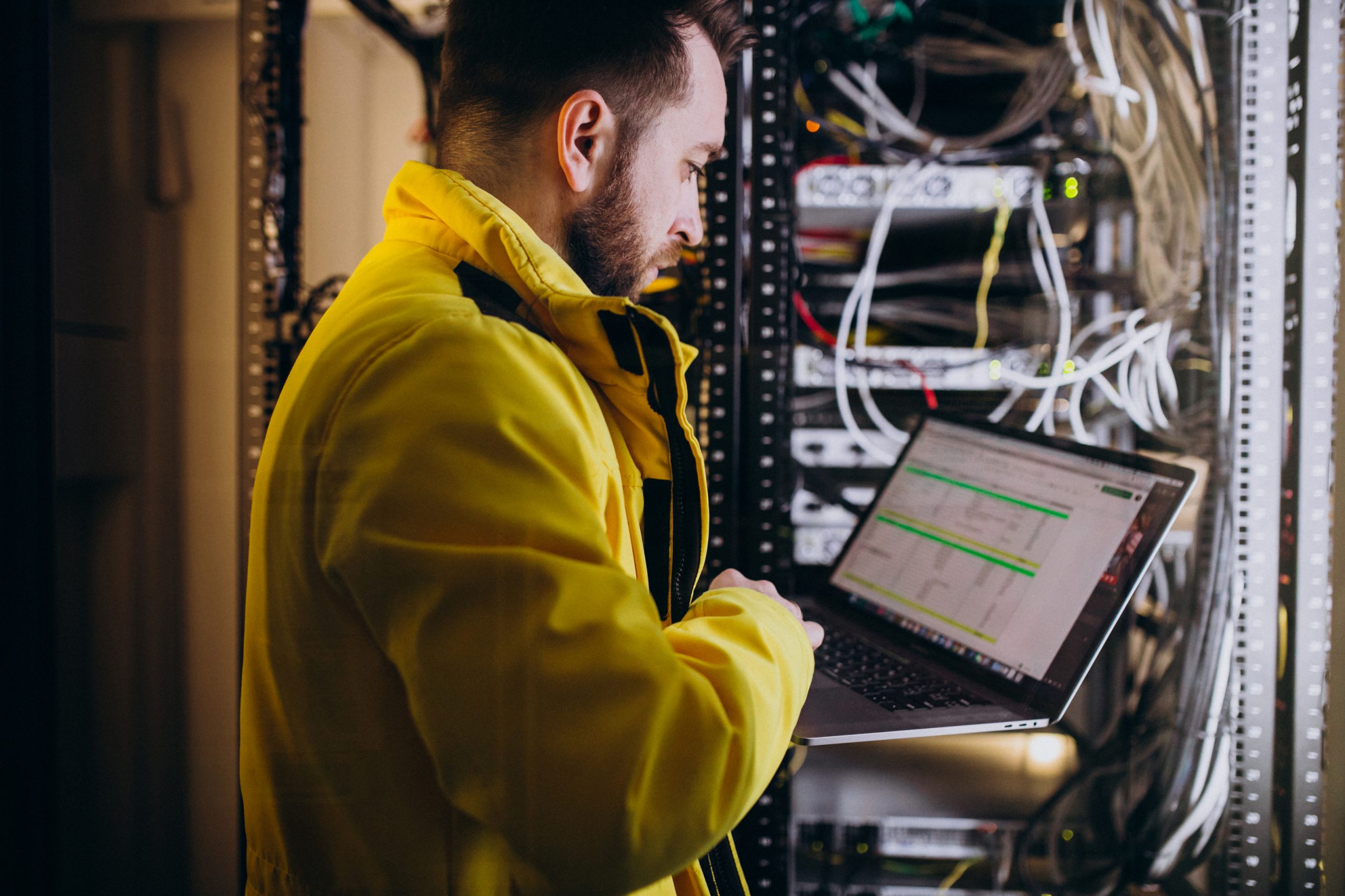
Recent Comments